Assembled here are key sources that have shaped the modern Middle East, Zionism and Israel. We have included items that give texture, perspective and opinion to historical context. Many of these sources are mentioned in the Era summaries and contain explanatory introductions.
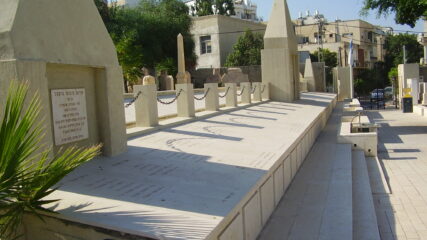
In early May 1921, communal riots unfolded in the city of Jaffa and at Jewish settlements along the coast, with considerable loss of life and property for both communities. The British decided that both Arabs and Jews had real as well as exaggerated fears of the other.
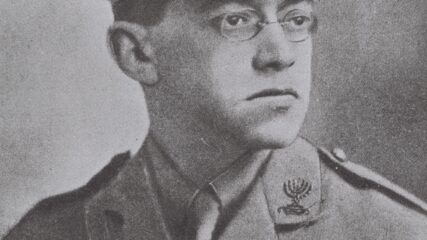
April 11, 1923 Vladimir “Ze’ev” Jabotinsky (October 17, 1880-August 3, 1940) was a Russian-Jewish intellectual, writer, soldier and political activist who founded the Revisionist Zionist movement. A charismatic orator and prolific author, Jabotinsky broke with…

Speculation again abounds whether a two state solution might be a seriously considered outcome to Palestinian-Israeli differences. A long history of its mention but not its implementation persists. Advocacy by external voices persists, but no one seems ready to make the critical political trade-offs required.
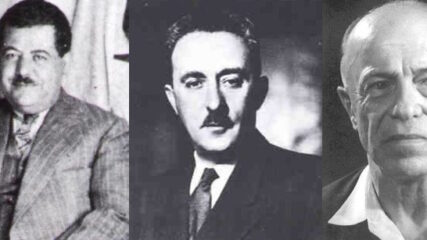
This document was secured at the Central Zionist Archives in Jerusalem. Less than a year before Hitler invaded Poland, Arab leaders with an interest in Palestine are starkly disappointed that the the German government did not go to war against the Zionists in Palestine. The same leaders give the Zionist national builders high marks for their perseverance against terrorist bands in the Palestinian countryside. They worry that unless Arab states come to the Palestinians’ assistance, Palestine will be lost to the Zionists. A remarkable assessment for Palestinian Arab leaders and their supporters.
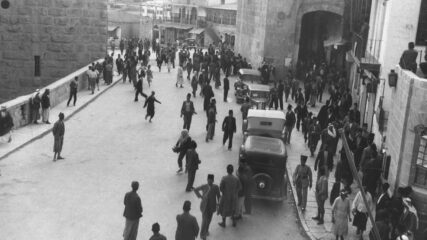
This analysis was undertaken and written at the Jewish Agency in Jerusalem by Jewish observers of the Arab riots and rebellion that took place between April 1936 and early 1939.
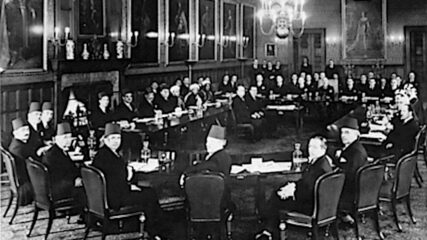
Steady disintegration of Palestinian Arab society from 1945-1949 is detailed by five Arab and non-Arab historians citing local social cleavages, economic impoverishment, fear, indebtedness, and political dysfunction.

For information on accessing pre-1947 FRUS documents relating to Palestine, click here. FRUS 1947 Vol. V — The section on Mandatory Palestine, including the Arab-Zionist controversy and the United Nations, begins on Page 999 and ends…
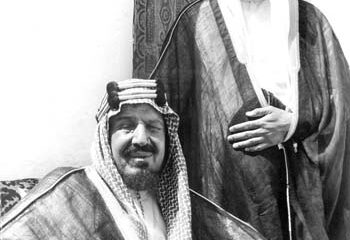
No document better reveals the hostility which most Arab leaders and Arab states had in 1947 for Zionism and for a possible Jewish state. The Saudi King notes “that US support for Zionists in Palestine is an unfriendly act directed against the Arabs.” The King’s views were totally supported by US State Department officials including Loy Henderson and George Kennan who advocated strongly against Truman’s support of a Jewish state.

The UN recommended establishing Arab and Jewish states in Palestine, with an international regime for Jerusalem. Zionists were jubilant; Arab states and the Palestinians were indignant and rejected two state solution. No Arab state is established, Israel is in 1948

Irrefutable evidence shows Palestinian Arab collaboration with Zionists during the British Mandate greatly assisted Jewish state building. Cohen further asserts a general absence among Palestinians of a sense of national feeling, with loyalties instead tied to families, villages and other localities. Quite certainly without Palestinian Arab collaboration, Zionists would not have succeeded in building a nucleus for the Jewish state. Arabic newspapers in Palestine and British scrutiny show the constancy of the Arab population’s engagement with the Zionists, and this included Arabs resident inside Palestine.

The Declaration recounts the Jewish connection to the Land of Israel, the birth of Zionism and U.N. recognition of a Jewish state’s legitimacy. It also promises that the state will be a democracy for all its citizens.
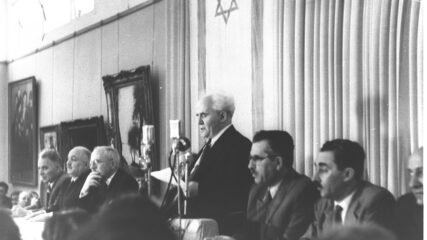
This draft spoke eloquently about protecting individual, religious, and civil rights for all. Instead individual civil rights in Israel were protected by a series of Basic Laws.
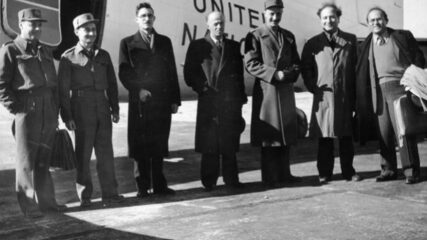
One of four agreements Israel signed in 1949 with Arab neighbors, it does not end “state of war,” between Israel and Arab states. No treaty is signed until 1979.
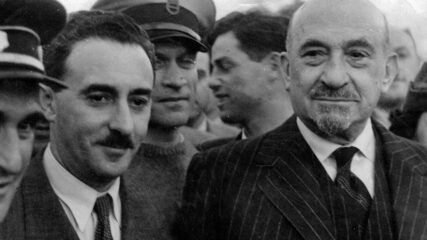
Sharett gives an overview of Israeli foreign policy, key issues, and relationships with UN and Arab states.

With crisp analysis, Haganah Commander Yigal Allon, later a Prime Minister of Israel attributes Israel’s successes to multiple factors including the absence of a centralized Arab command, limited Arab military training, underestimating the potential fighting capabilities of local Arabs, and Israel’s success in integrating its citizens into the war effort.

Israeli Chief of Staff Moshe Dayan’s eulogy in 1956 for an Israeli guard murdered at a kibbutz next to the Gaza Strip affirms absolute requirements for being an Israeli: vigilance, determination, and not to be fooled by hollow claims for peace.

Palestine Liberation Organization seeks Israel’s destruction through armed struggle. It retains this stated policy until December 1988.

Egyptian President Gamal Abdel Nasser declares in a speech to Arab trade unionists that Egypt, Syria and other Arab states intend to destroy Israel.

With tensions on its borders, Eshkol tries to reassure Israeli public. Instead he gives a “painfully faltering” speech. Popular and party disgruntlement follow, opening the way for Eshkol to turn over the Defense Ministry two days later to General Moshe Dayan.

Nasser asserts that the conflict with Israel is not over access to the Gulf of Aqaba but the very existence of Israel; Egypt’s foes are Britain and the US that support Israel.

A detailed outline of events that led to the June 1967 war.

Israel State Archives https://catalog.archives.gov.il/site/en/p1967 The Israel State Archives has compiled materials on the June 1967 Middle East war, including transcripts of meetings of the full Cabinet and the Security Cabinet that were classified for 50…

In four days the Israeli army swept through Sinai. He acknowledged Israel’s pre-emptive strike. Nasser blamed the US and Britain for aiding Israel’s success, yet took responsibility for the Arab defeat and resigned. Immediately millions of Egyptians poured into the streets angry that he led the country to defeat, but loving him as a father, demanded that he stay as President. All the Egyptian military command resigned, but Nasser stayed in office till his death in September 1970.
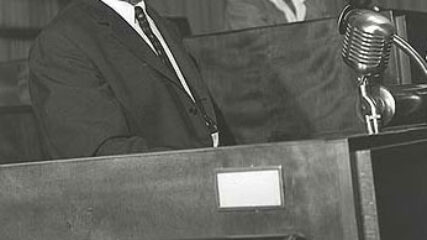
Two days after the conclusion of the June 1967 War, Eshkol, recounts the series of events that led to war, the war itself and the immediate aftermath. He reaches out to Arab states for peace seeking a path to peace with her belligerent neighbors. A week later, Israel will quietly messages Cairo and Damascus through the US, hat Israel seeks an end to the conflict. No answers are received.





















